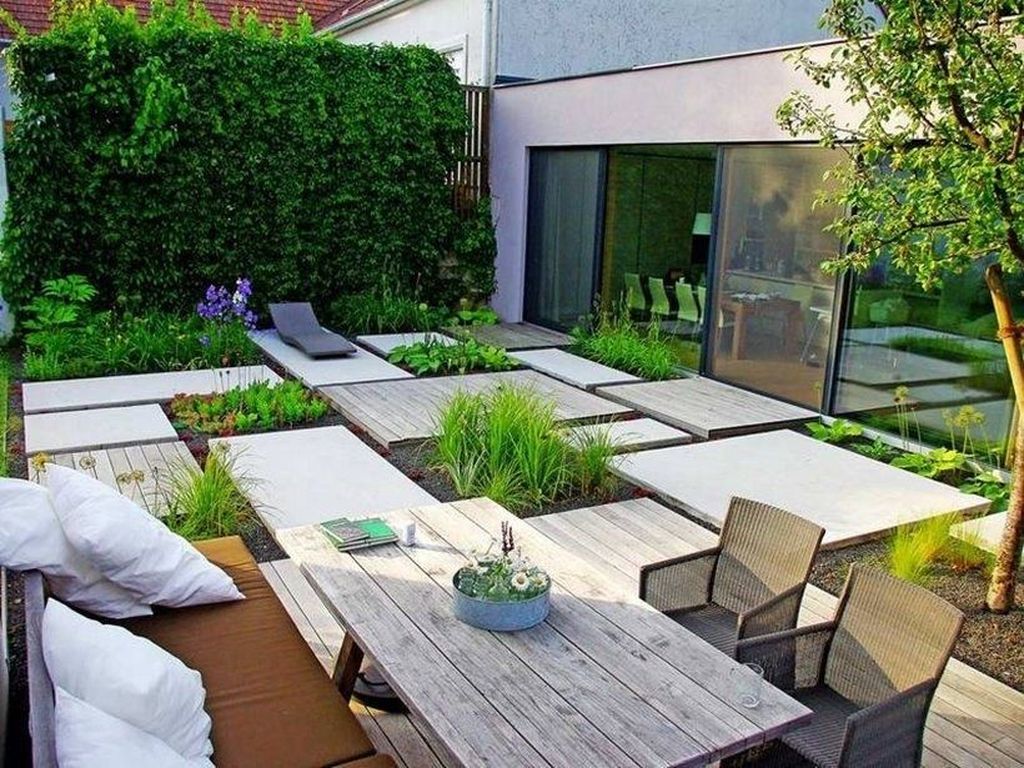Minimalist Gardening and Permaculture: Creating Sustainable Outdoor Spaces
Introduction:
In today’s world, where climate change and environmental degradation are pressing concerns, many individuals are seeking ways to live more sustainably. One approach gaining popularity is minimalism, which advocates for reducing excess and focusing on what truly matters. Minimalism can be applied to various aspects of life, including gardening. In this article, we will explore the concept of minimalist gardening and permaculture as a sustainable approach to outdoor spaces.
Understanding Minimalist Gardening:
Minimalist gardening is about creating functional and aesthetically pleasing outdoor spaces while minimizing waste, excessive consumption, and harm to the environment. It emphasizes simplicity, efficiency, and harmony with nature. By adopting minimalist principles in our gardens, we not only reduce our ecological footprint but also create beautiful landscapes that require less maintenance.
Key Principles of Minimalist Gardening:
1. Design with Purpose: Before starting your garden project, consider its purpose – whether it’s growing food, creating a habitat for wildlife or simply providing a serene space for relaxation. Define your goals clearly so that you can design accordingly.
2. Reduce Lawn Size: Lawns demand significant resources like water and energy for maintenance. Consider reducing the size of your lawn or replacing it with native groundcovers that require less water and upkeep.
3. Plant Native Species: Embrace native plants in your garden as they are well-adapted to local conditions requiring less water and pesticides compared to exotic species. They also provide crucial habitats for local wildlife.
4. Practice Water Conservation: Install rainwater harvesting systems such as barrels or cisterns to collect rainwater for irrigation purposes instead of relying solely on municipal water supplies or wasteful sprinkler systems.
5. Maximize Space Utilization: Optimize the use of available space by employing vertical gardening techniques like trellises or vertical planters to grow more crops in smaller areas while enhancing visual appeal.
6. Composting and Mulching: Transform kitchen scraps and yard waste into nutrient-rich compost, reducing the need for synthetic fertilizers. Mulching also helps retain moisture, suppresses weeds, and improves soil health naturally.
7. Embrace Permaculture Principles: Permaculture is a design system that mimics natural ecosystems to create self-sustaining gardens. It focuses on building resilient landscapes through elements like companion planting, polycultures, and integrating livestock or poultry into the garden ecosystem.
8. Reduce Chemical Inputs: Minimize or eliminate the use of harmful chemical pesticides and herbicides in your garden by employing organic pest control methods like beneficial insects, companion planting, or homemade remedies such as neem oil or vinegar-based solutions.
Benefits of Minimalist Gardening:
1. Environmental Impact: By adopting minimalist gardening practices, we reduce our reliance on scarce resources such as water and energy while minimizing pollution from chemical inputs commonly used in conventional gardening.
2. Increased Biodiversity: Planting native species enhances biodiversity by providing food sources and habitats for local wildlife such as birds, butterflies, bees, and other pollinators critical for ecosystem health.
3. Lower Maintenance Requirements: Minimalist gardens are designed with efficiency in mind – they require less watering, pruning, mowing than traditional gardens due to careful plant selection based on local conditions.
4. Healthier Soil Quality: Practices like composting and mulching improve soil fertility over time while reducing erosion potential by enhancing its structure and moisture-holding capacity.
5. Economic Savings: By focusing on essential needs rather than excessive ornamentation or high-maintenance features in your garden design you can save money not only during installation but also long-term through reduced maintenance costs.
Conclusion:
Minimalist gardening offers us an opportunity to reconnect with nature while promoting sustainability within our outdoor spaces. By incorporating permaculture principles along with mindful choices about plant selection; water usage; waste reduction; and embracing native species, we can create beautiful gardens that contribute positively to the environment. Whether you have a small balcony or a sprawling backyard, adopting minimalist gardening practices can make a significant difference in reducing our ecological footprint while enjoying the benefits of a sustainable outdoor space. So, let’s embrace minimalism and permaculture in our gardens to lead the way towards a greener future.

Leave a comment